When we asked interior designer, graffiti artist, and photographer, Nguyen Tho (artist name, Chicko), to suggest a place to meet for an interview - he proposed The Factory. We sat outside the colorful containers of this beautiful Arts Centre, drank some coffee, and continued our conversation as we walked through the exhibit inside.
The Factory was a perfect place to meet as it represents both innovative design, in architecture and interior, as well as contemporary arts. Chicko lives in these two worlds, specifically - interior design and art.
“The Factory aims to be a dynamic destination for art, designing innovative programs illustrating the criticality of Vietnam today.” www.factoryartscentre.com
The Factory, Ho Chi Minh City
Chicko is part of an emerging group of young people driving the art scene forward in Saigon. His foray into the arts began in 2010, when he and his friends created a group called The Saigon Projects.
The group travels across Vietnam, painting and exploring new areas of the countryside. One of the most inspiring things about the group is how they share graffiti with local communities. He describes this process saying, “When we go to a new town, we start by explaining with what graffiti is and bring spray cans along to show them how it works. We’ll demonstrate how to sketch, and they can even try it out themselves. People love it!”
Photo taken by Chicko
Despite travelling all over Vietnam to paint, Chicko tell us that he still finds most the most inspiration from his hometown of Saigon. This wasn’t always the case. He says, “When I was young, I didn’t really understand the culture of Saigon. But now, sometimes I wake up early, find a small local shop, and watch people as they go to work. I also love driving around at midnight, taking photos, and finding inspiration all around for my graffiti and interior design.”
This inspiration is evident in his work both with The Saigon Projects, and his daytime gig is as an interior designer. Chicko is passionate and skillful at crafting experiences for people who enter a space, whether it’s a coffee shop, restaurant, house or hotel.
Be sure to keep an eye on this emerging artist and designer, as he’s beginning to make waves the city.

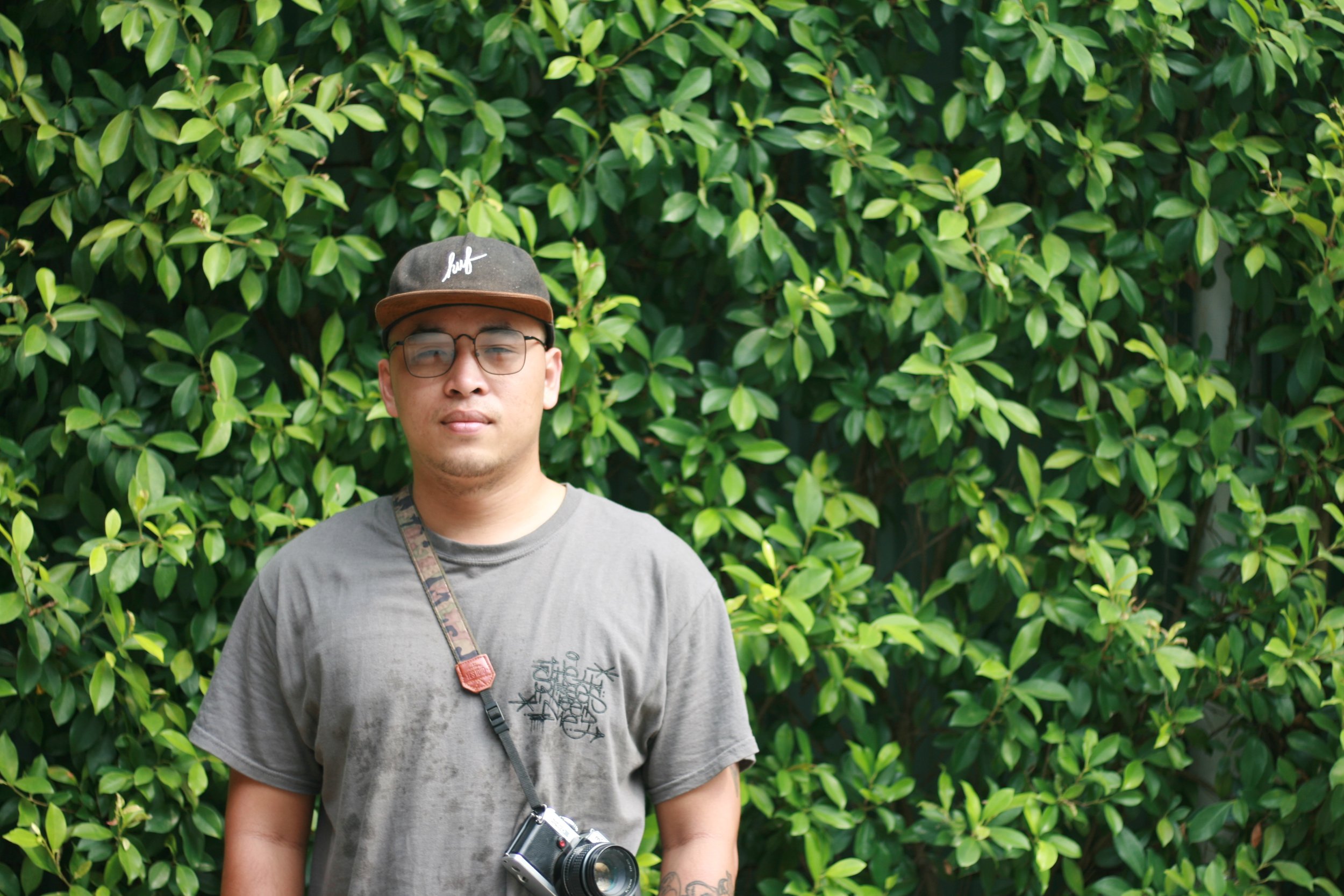
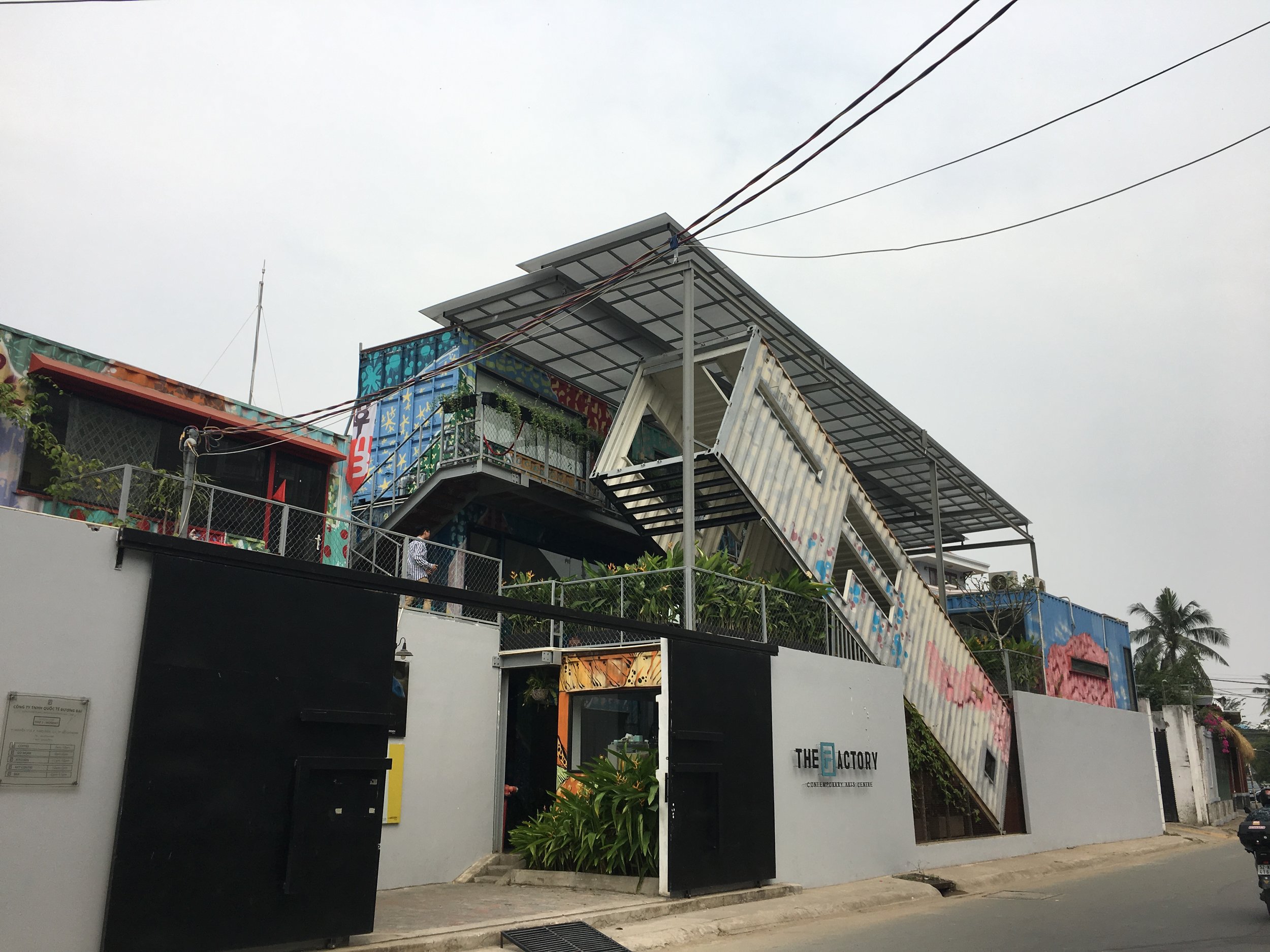


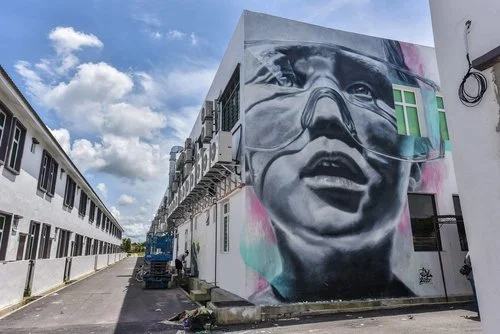

































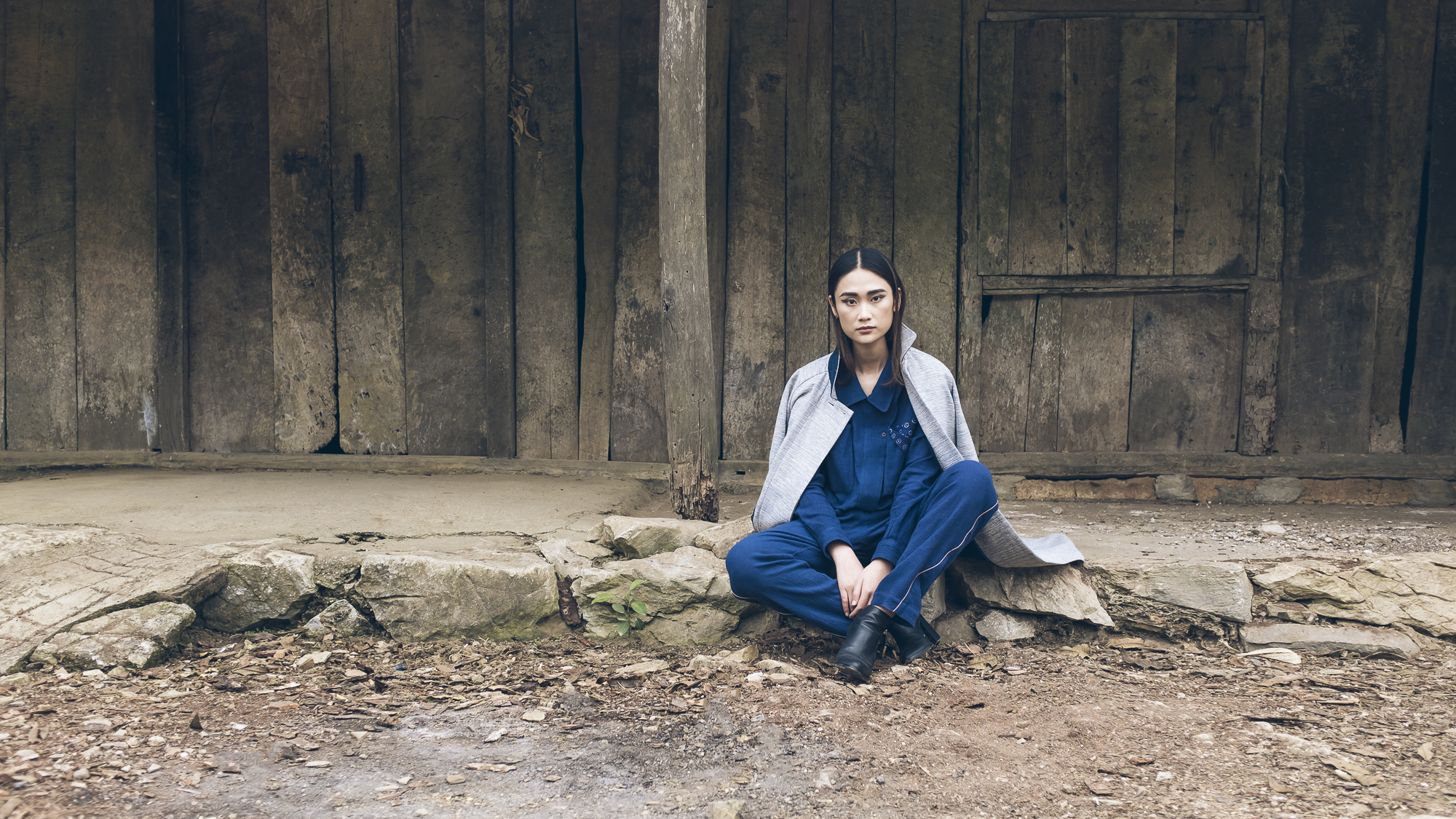
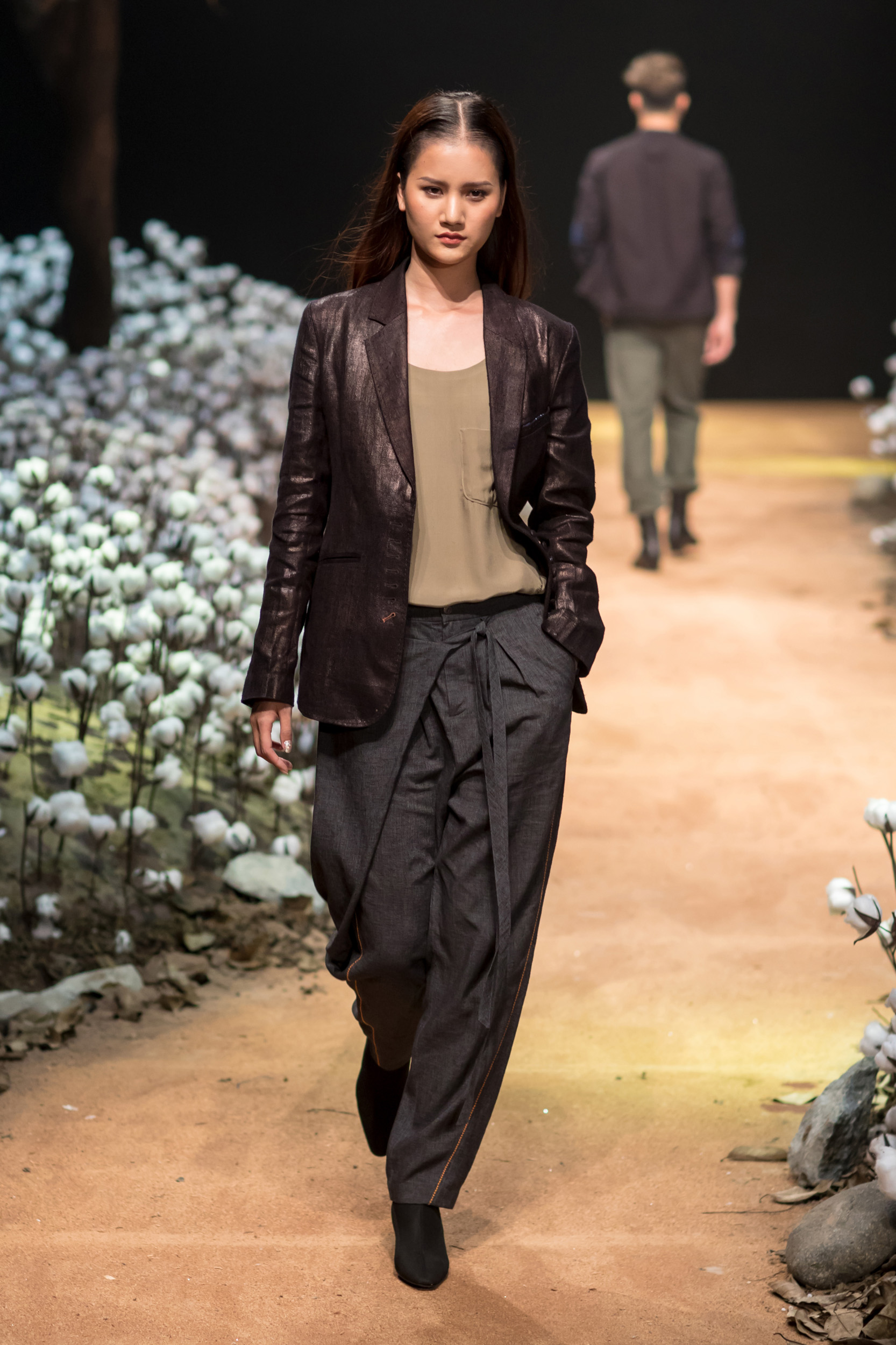
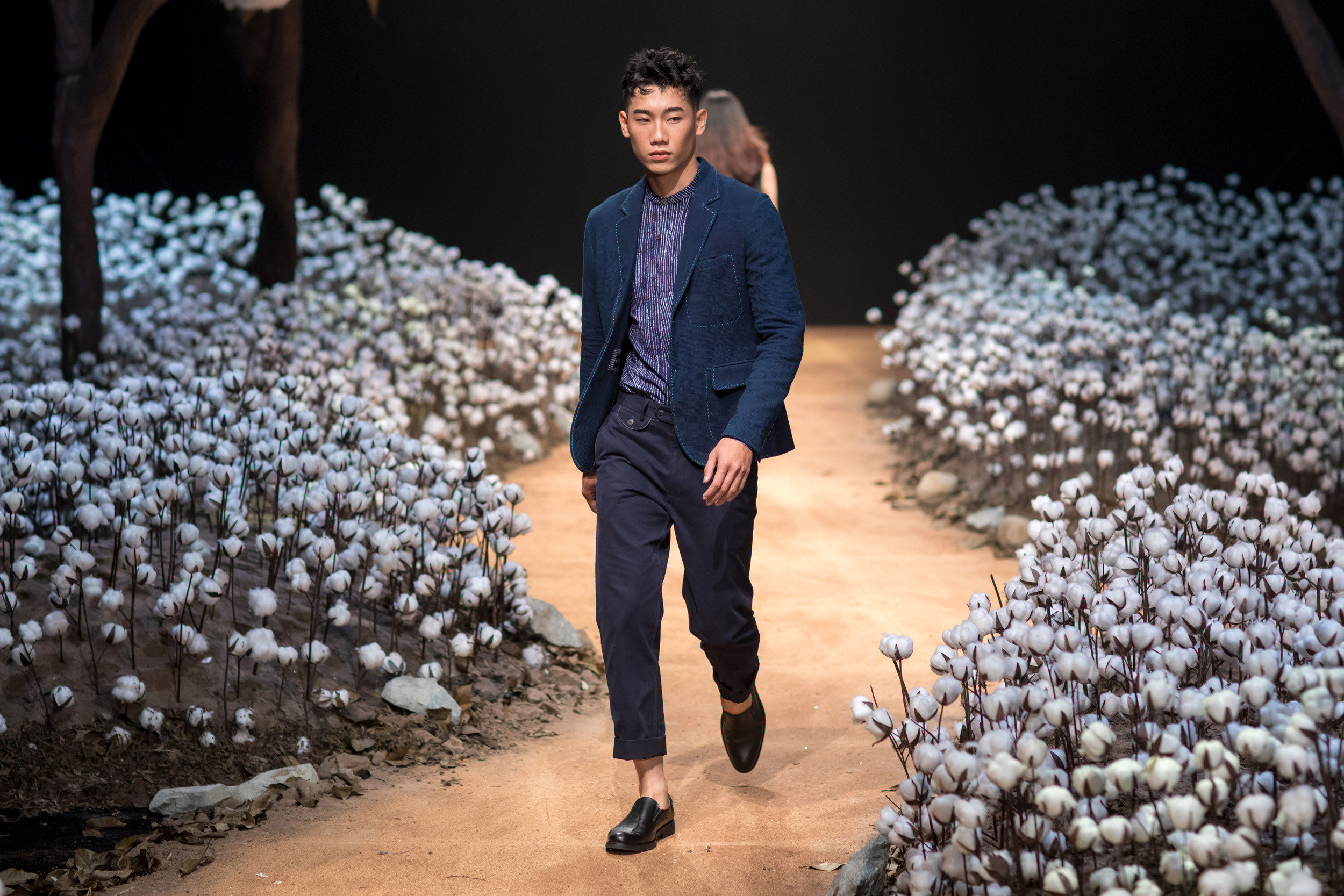
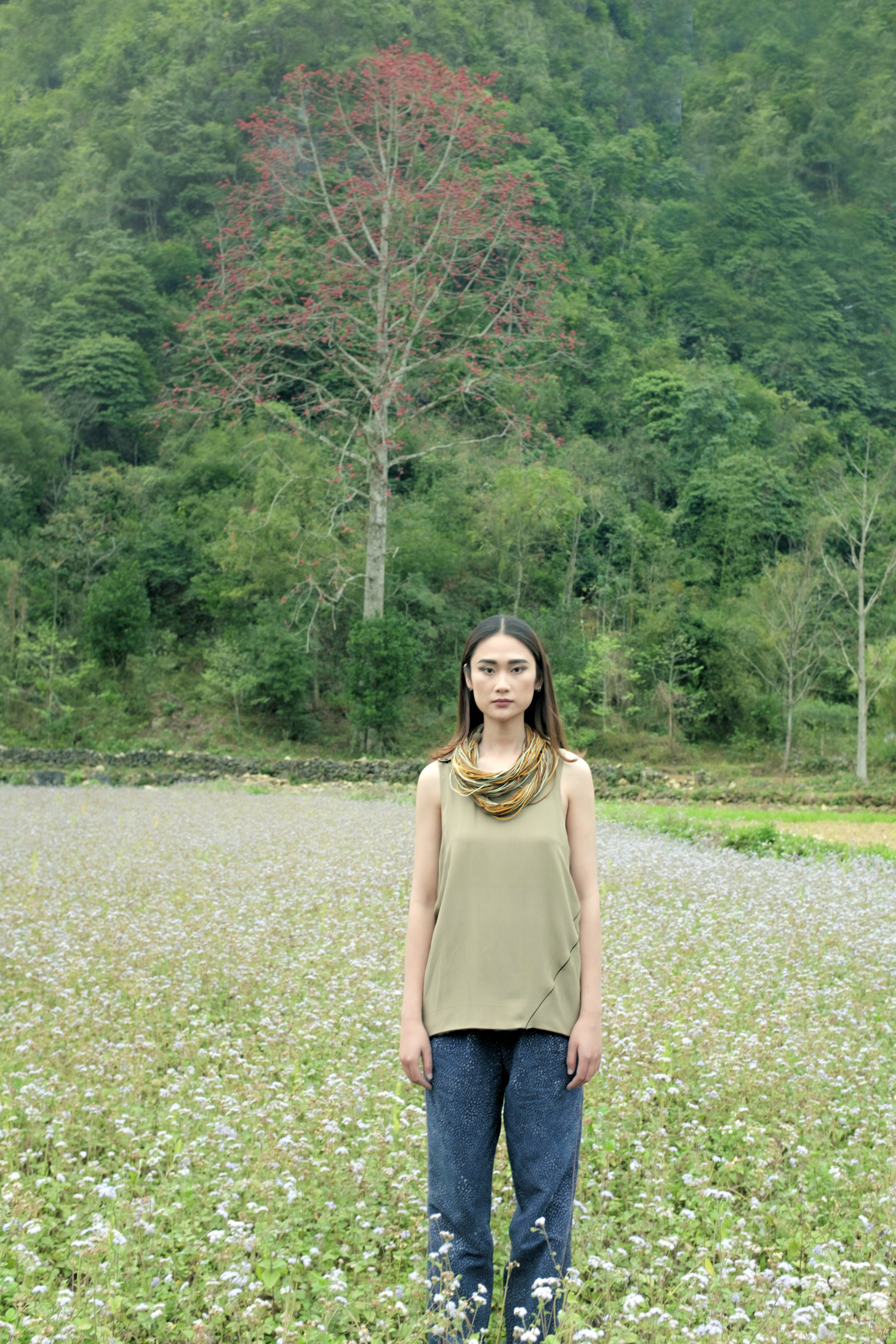









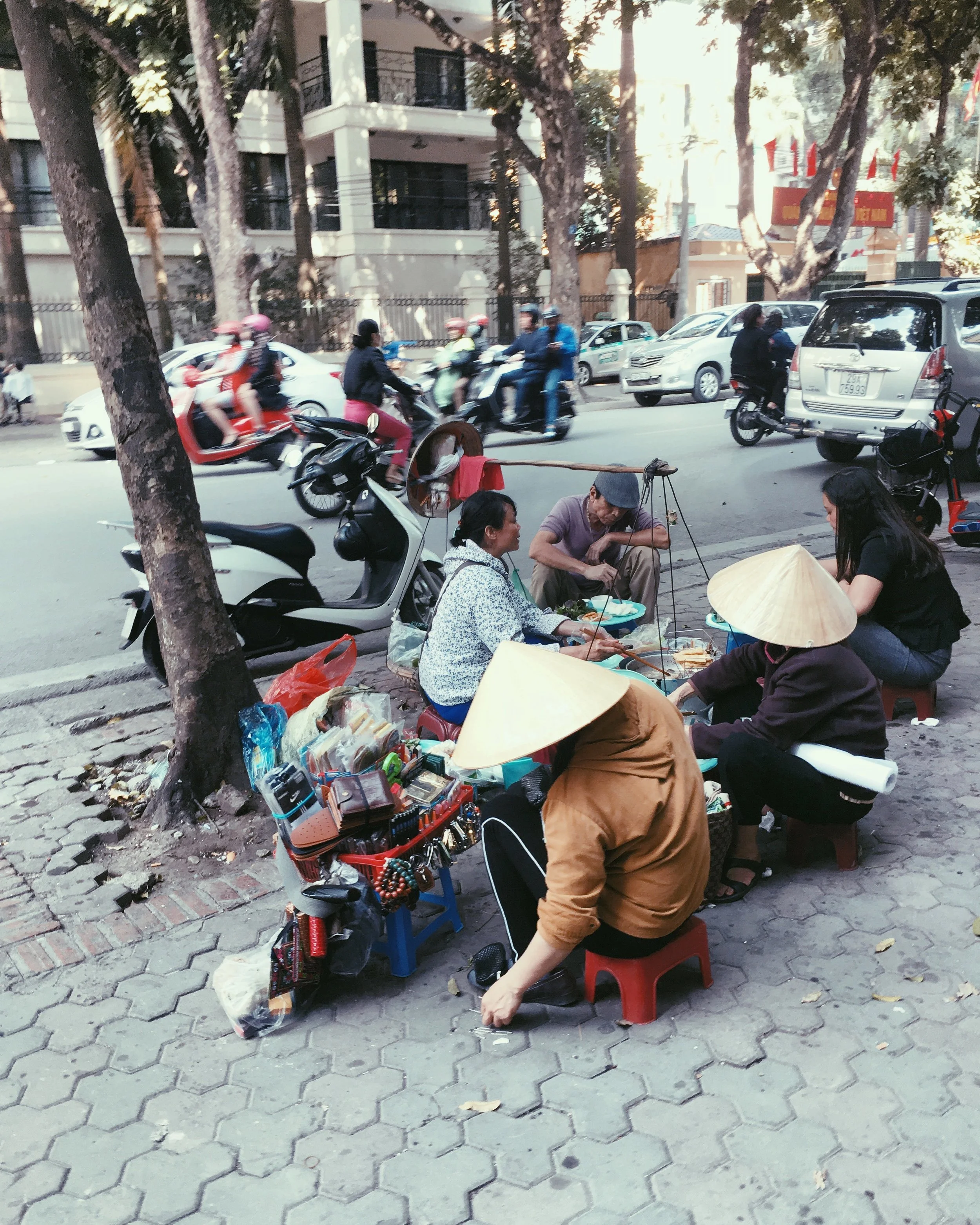
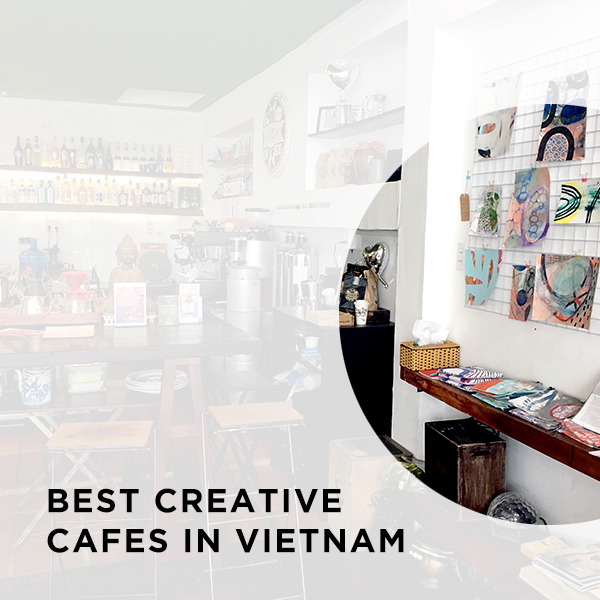





Here are the best five spots for cheap beer, good stories, and a host of local characters.